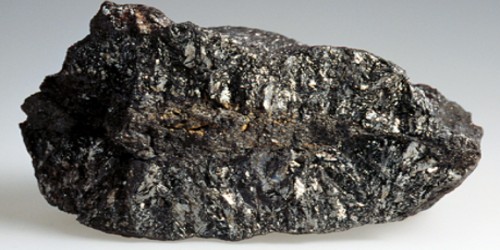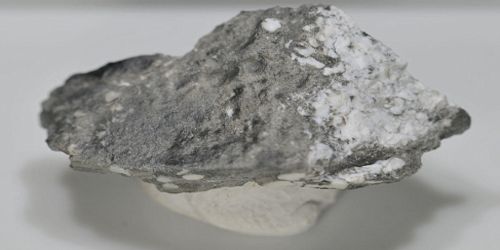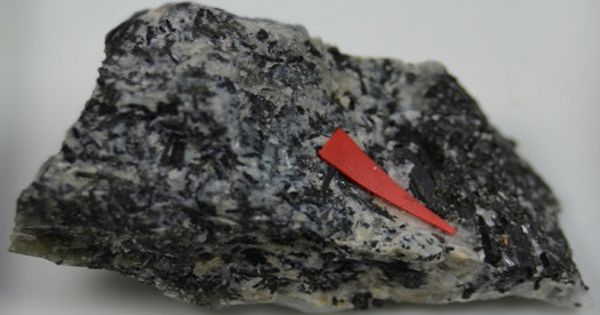Chalcedony is a translucent variety of quartz of various colors and waxy luster. It is a cryptocrystalline form of silica, composed of very fine intergrowths of quartz and moganite. These are both silica minerals, but they differ in that quartz has a trigonal crystal structure, while moganite is monoclinic. Chalcedony’s standard chemical structure (based on the chemical structure of quartz) is SiO2 (silicon dioxide).
Chalcedony is probably named after an ancient town at the Bosporus. The name chalcedony comes from the Latin chalcedonies. Yellow, orange and red-orange variety of chalcedony from Botswana is known as Citrus Chalcedony. The name appears in Pliny the Elder’s Naturalis Historia as a term for a translucid kind of Jaspis. The name is probably derived from the town Chalcedon in Asia Minor.
General Information
- Category: Oxide minerals, quartz group
- Formula: Silica (silicon dioxide, SiO2)
- Crystal system: Trigonal or monoclinic

Properties
Chalcedony has a waxy luster and may be semitransparent or translucent. It can assume a wide range of colors, but those most commonly seen are white to gray, grayish-blue or a shade of brown ranging from pale to nearly black. The color of chalcedony sold commercially is often enhanced by dyeing or heating.
- Formula mass: 60 g/mol
- Color: Various
- Cleavage: Absent
- Fracture: Uneven, splintery, conchoidal
- Mohs scale hardness: 6 – 7
- Luster: Waxy, vitreous, dull, greasy, silky
- Streak: White
- Diaphaneity: Translucent
- Specific gravity: 2.59 – 2.61
Occurrence
It occurs in many different forms, colors, and patterns, and many varieties have been used as gemstones since antiquity. In the gemstone trade, the term Chalcedony is often used specifically to describe the white, gray, or blue translucent type of Chalcedony, but its technical term includes all additional varieties.
Information Source;
















